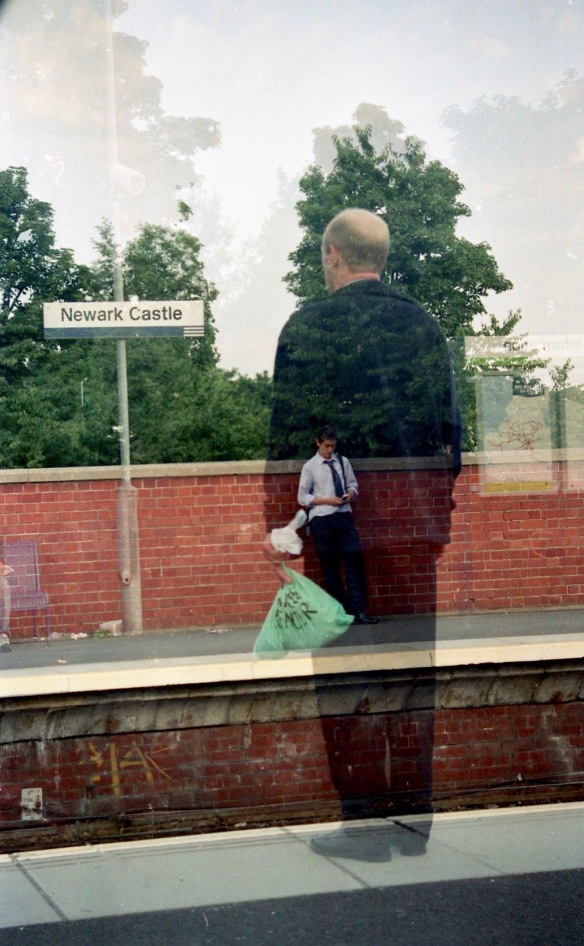The last leg of the Henley to Newark row/walk from Nottingham to Newark was 25 miles in length.


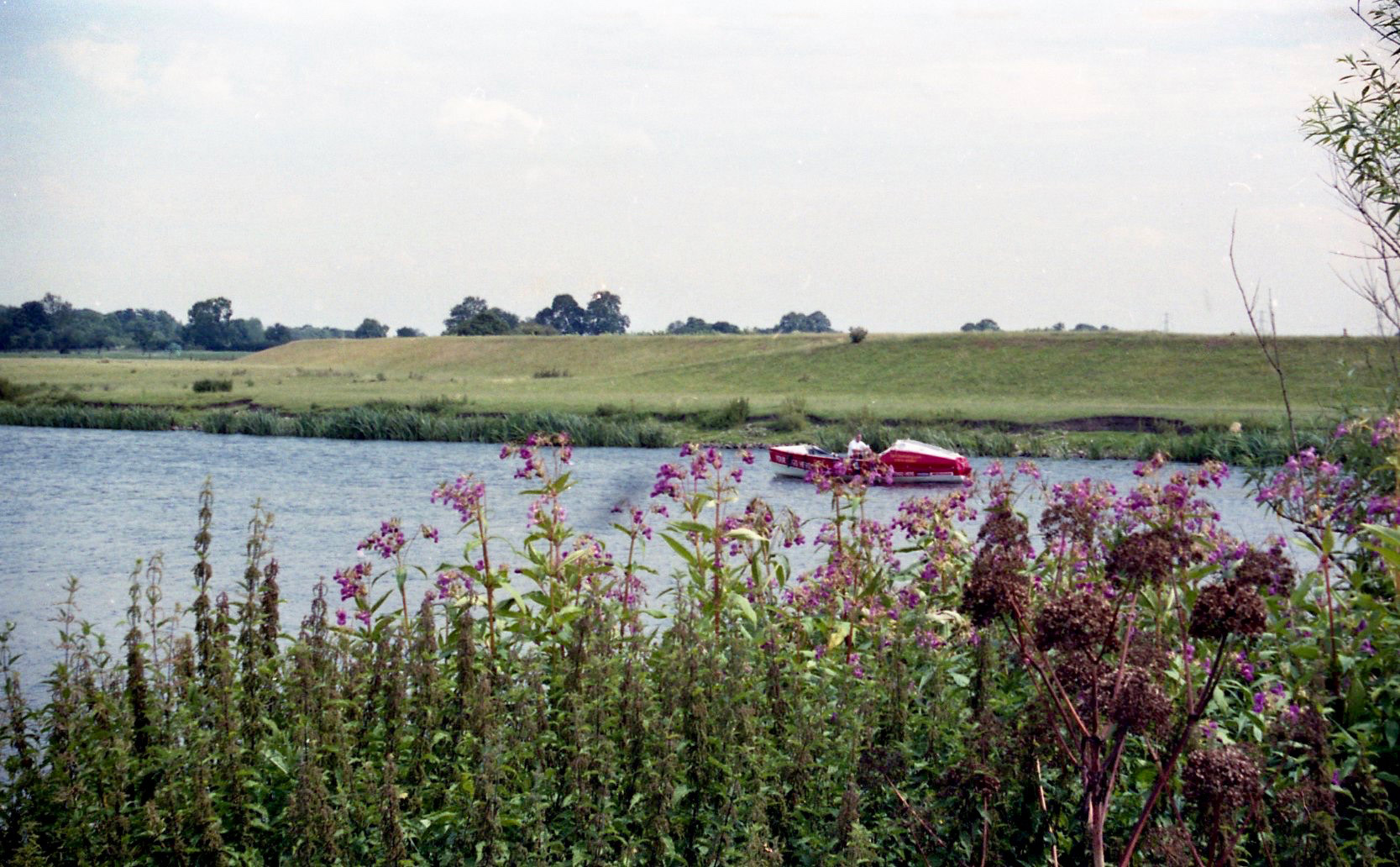

Sam set off without James, and I trailed in his wake. It is hard to believe that I managed to keep within sight of him as he rowed along the River Trent, but these photographs would seem to prove it. Perhaps the cattle would bear witness.
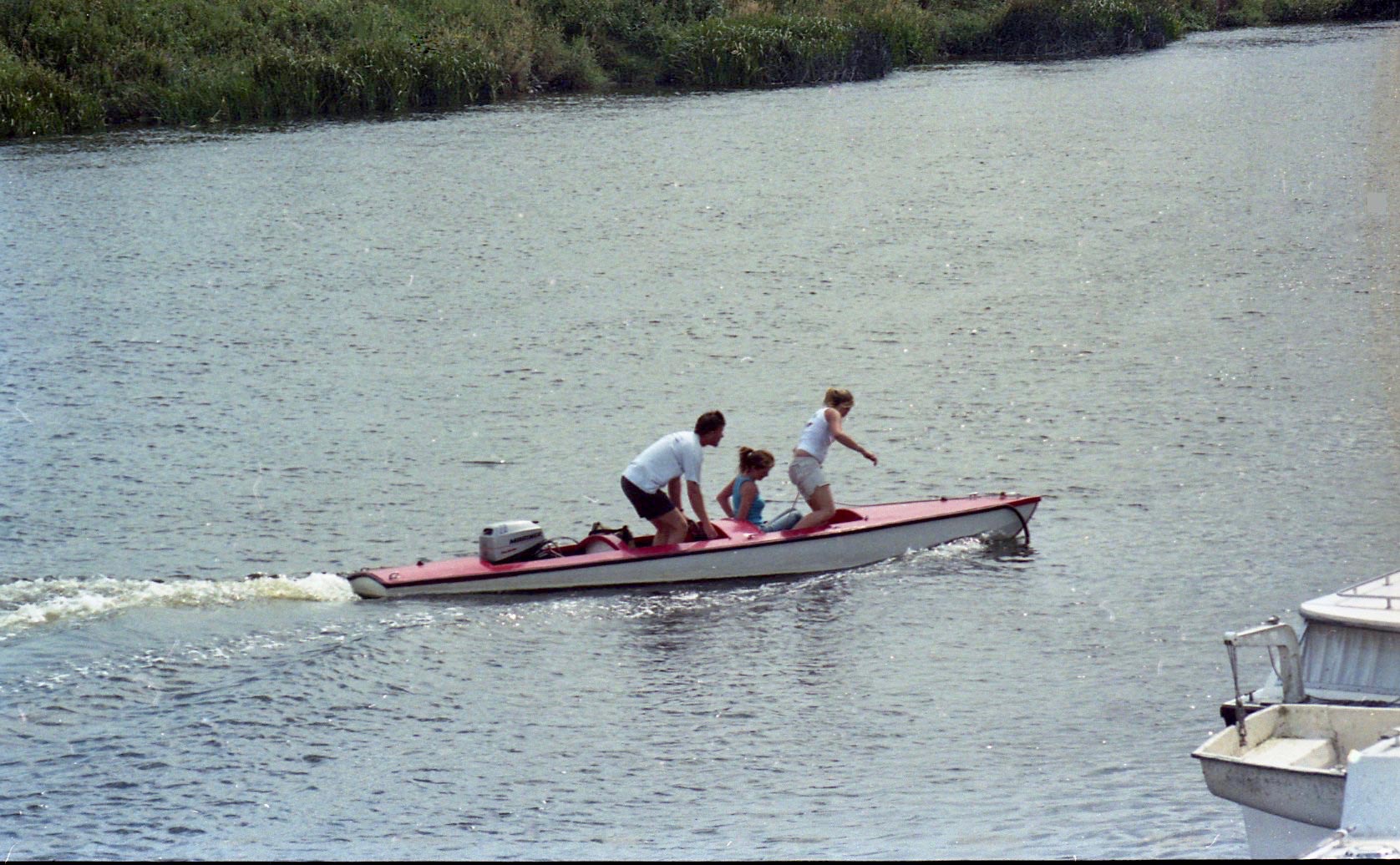

As the rower moved into Farndon, James, Louisa, and Gemma set out to greet him and to follow him towards
Newark Castle, first passing the railway station;
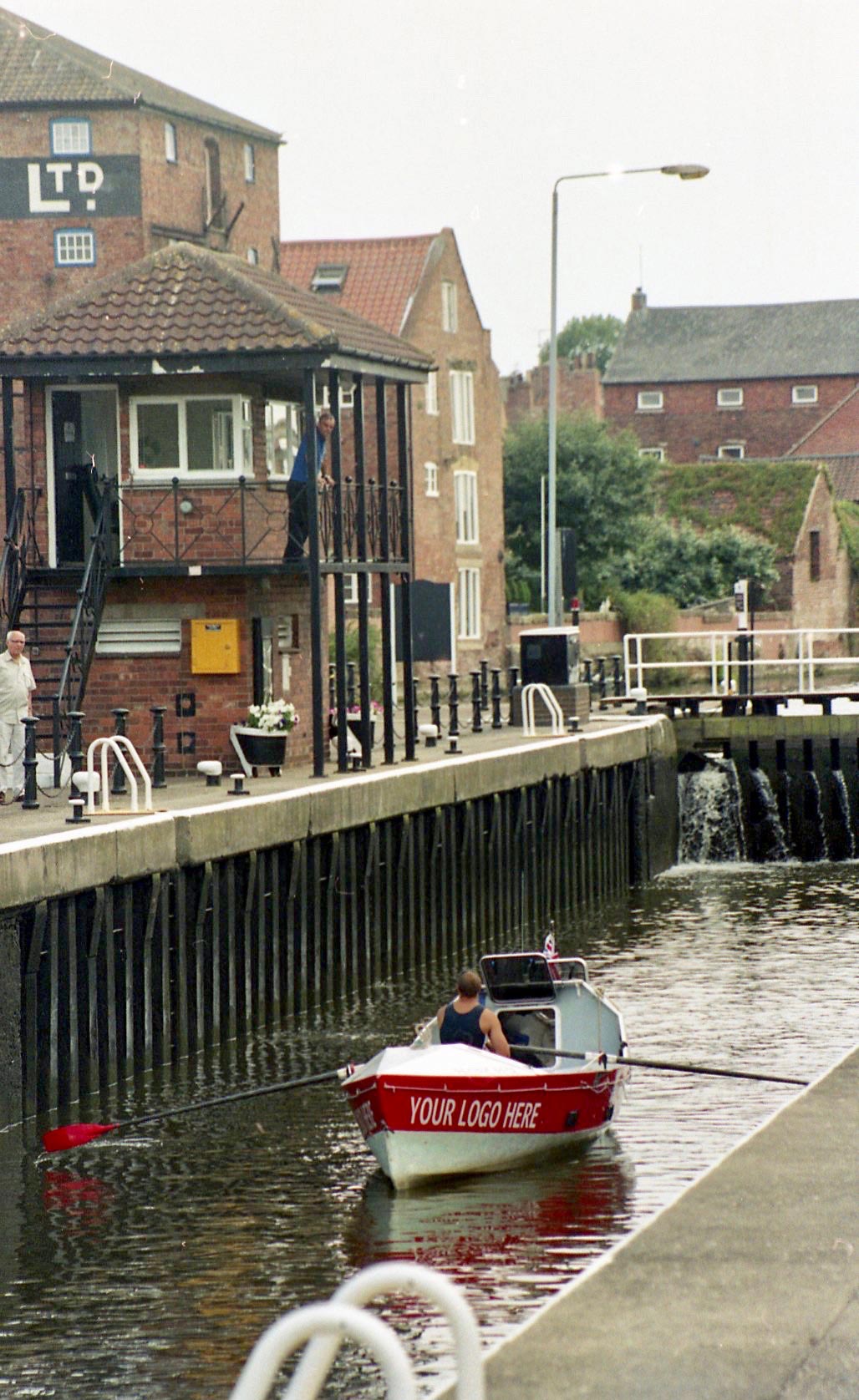

to be greeted by his reception committee as he docked. Louisa, as requested, handed me two pints of beer – all for me.
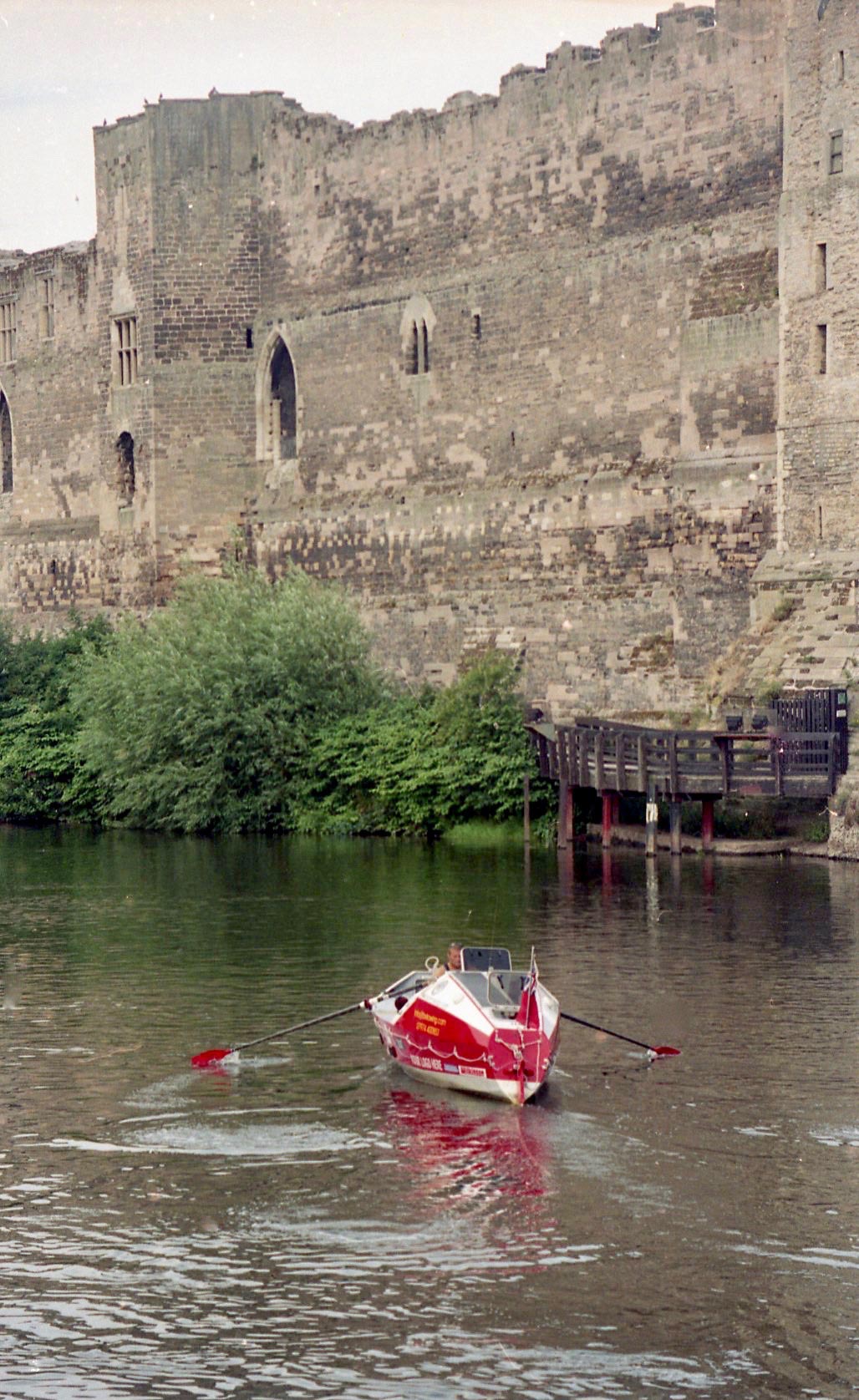
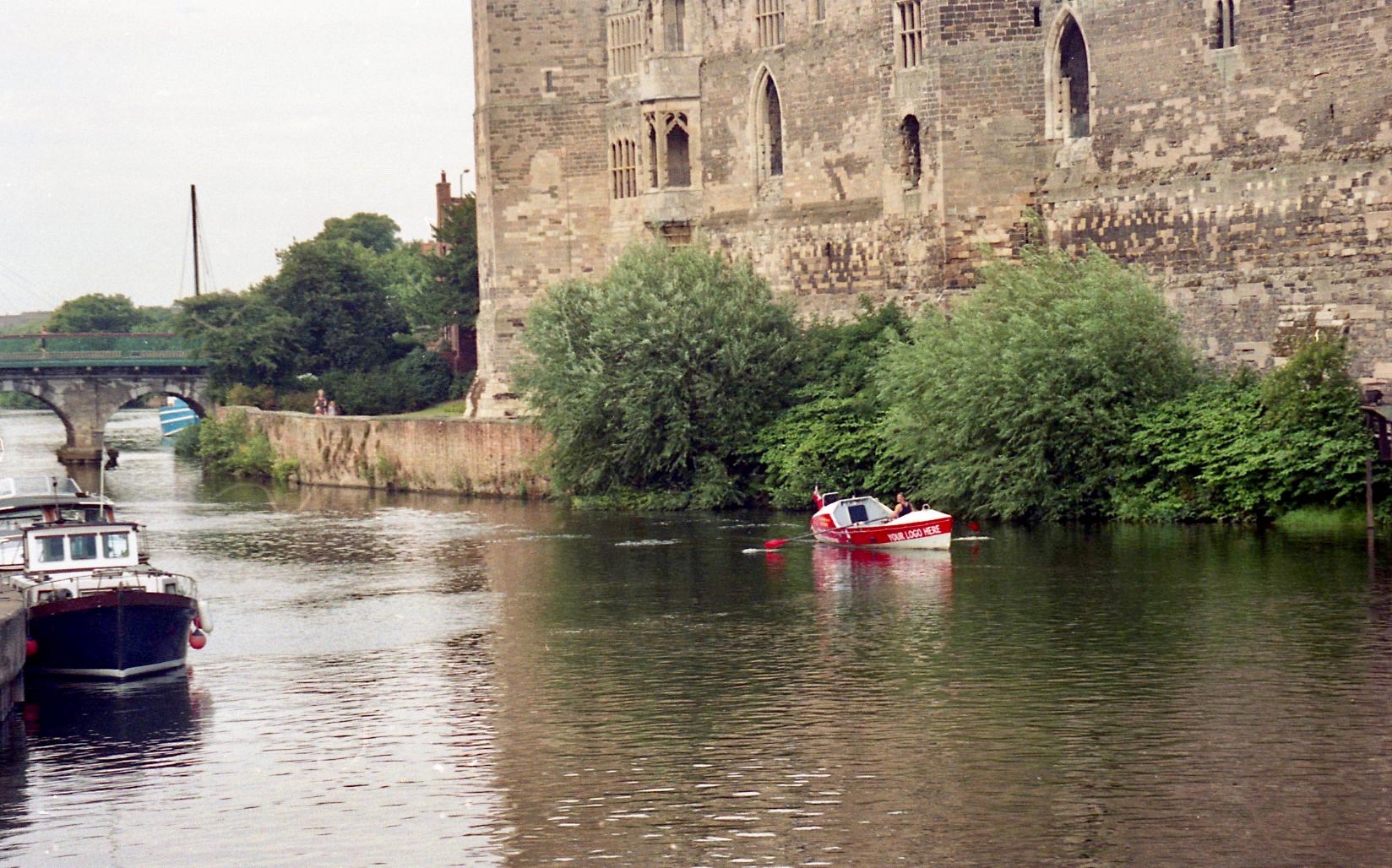
Perhaps this was a lap of honour alongside the castle ruins. This 13th century castle was originally built for the Bishop of Lincoln. A Royalist stronghold during the English Civil War, ‘in 1646 the garrison surrendered, but only after a direct command from Charles I. Parliament ordered the castle destroyed so it could never be held against them again, but fate took a hand; plague broke out in Newark town, and the destruction of the castle was halted.’ This quotation is taken from http://www.britainexpress.com/attractions.htm?attraction=93 which contains a more complete history in very readable form.
So, what has all this to do with T.S. Eliot’s ‘Little Gidding’? From this, the last of the poet’s Four Quartets, I have borrowed
‘What we call the beginning is often the end
And to make an end is to make a beginning.
The end is where we start from………….
And the end of all our exploring
Will be to arrive where we started
And know the place for the first time’.






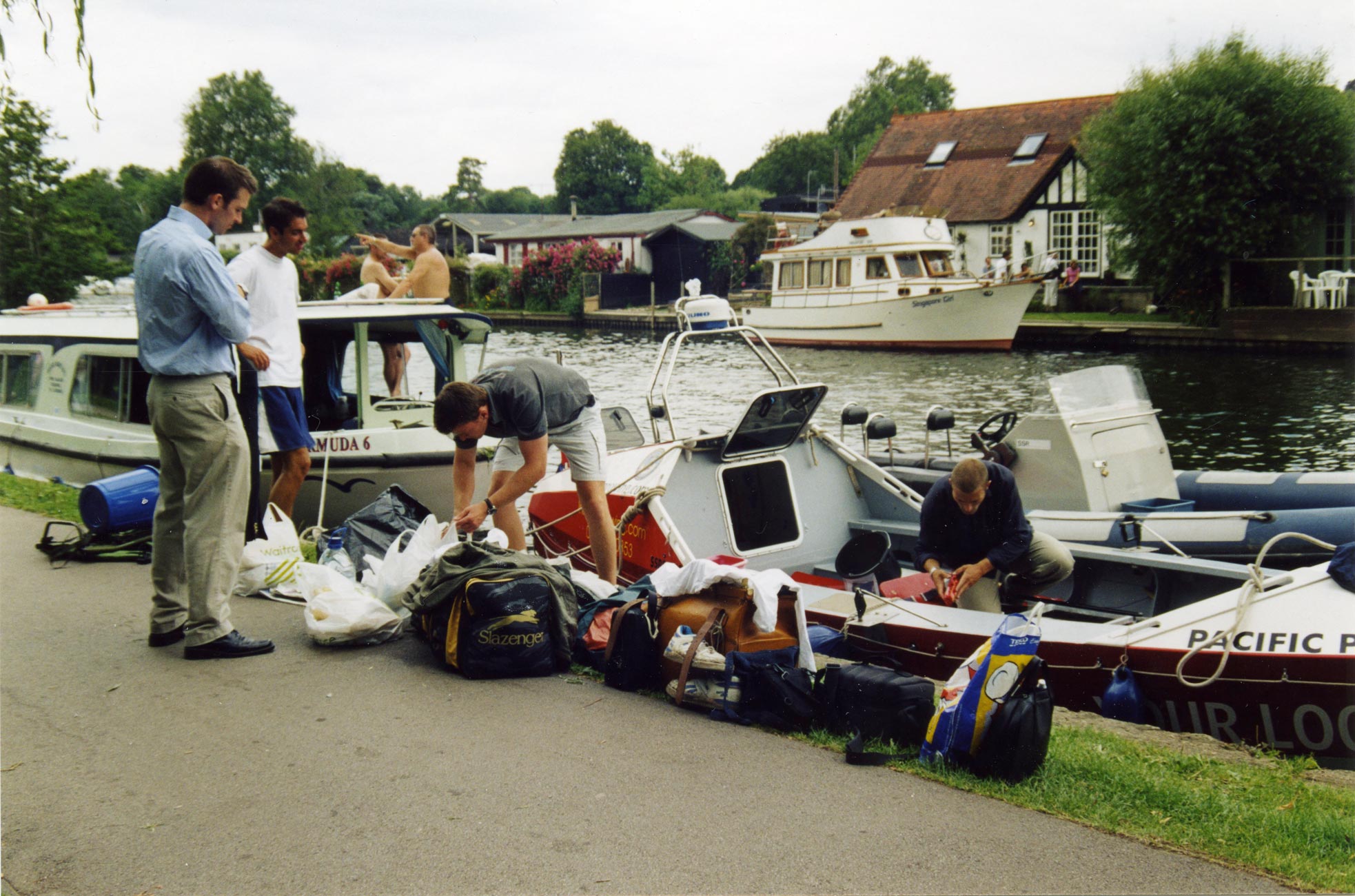
Sam took delivery of his boat at Henley where he and James set about preparing and stocking it for the journey. Note the large bin behind my son as he crouches in the boat,


which I strapped on with the rather optimistic intention of collecting sponsorship money.

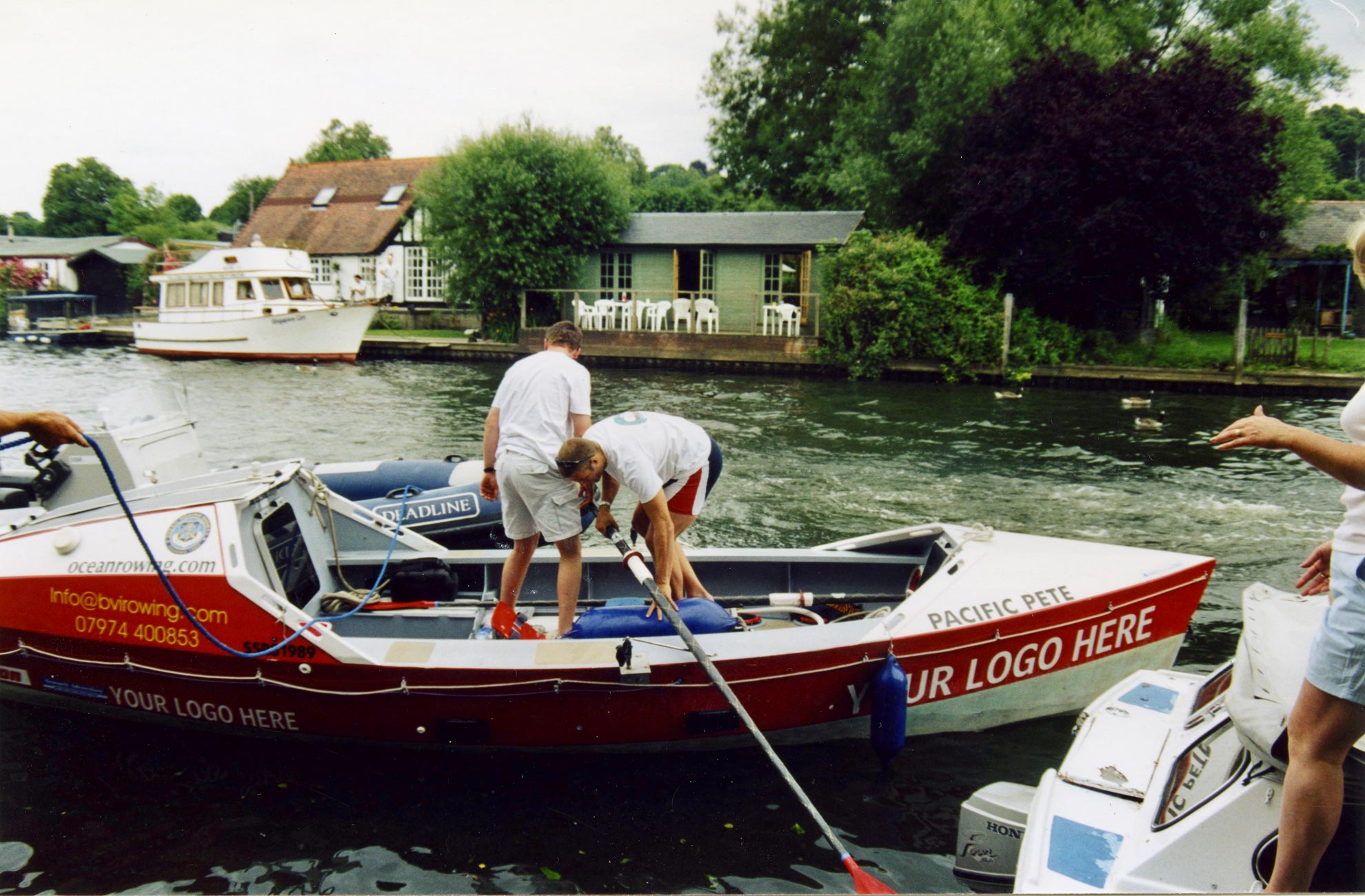
Pacific Pete left the mooring,

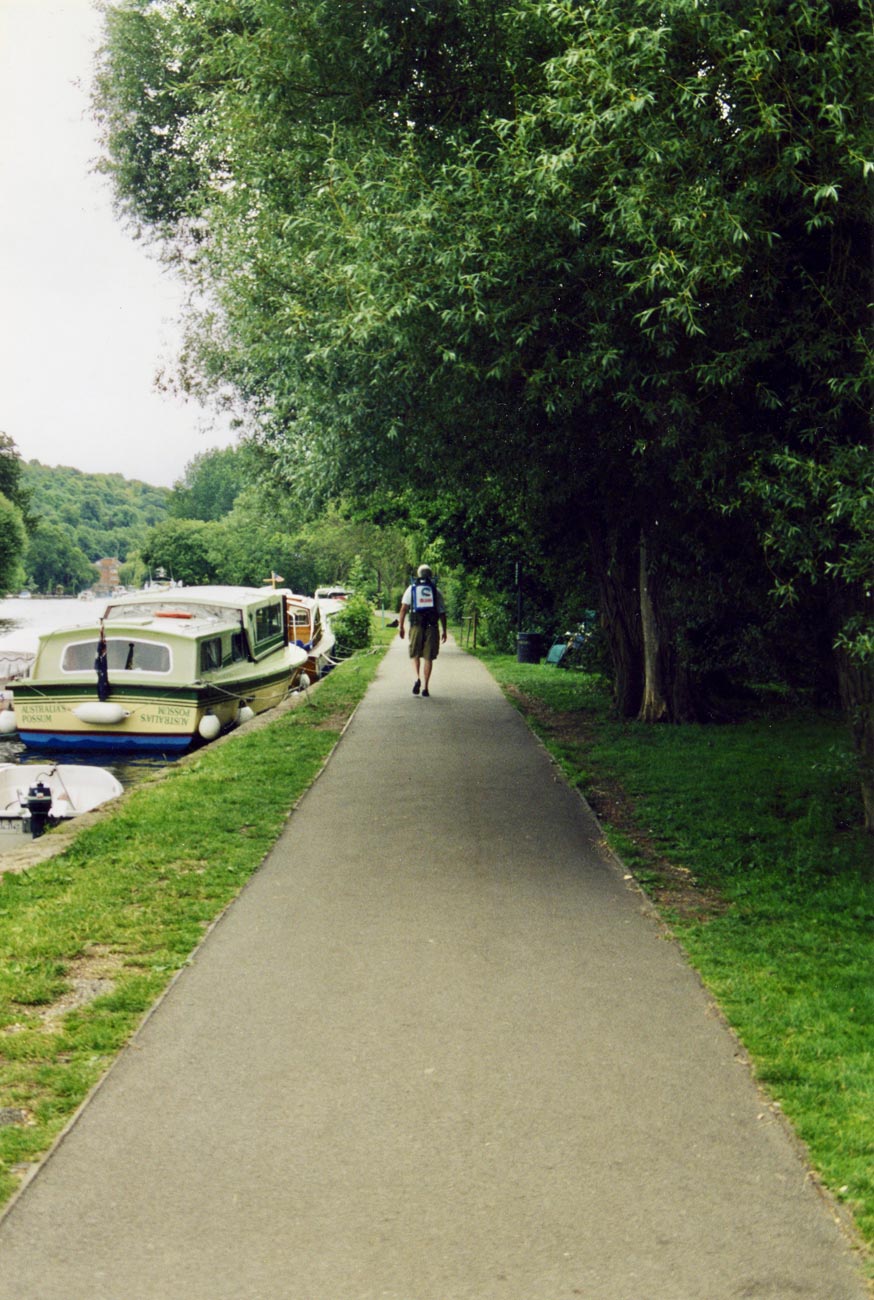
and we were under way. This was to be the last sound footpath I trod for the next eleven days.
It was our friend Alison Tucker and her sister Rosemary who made these Henley prints and sent us on our way.

